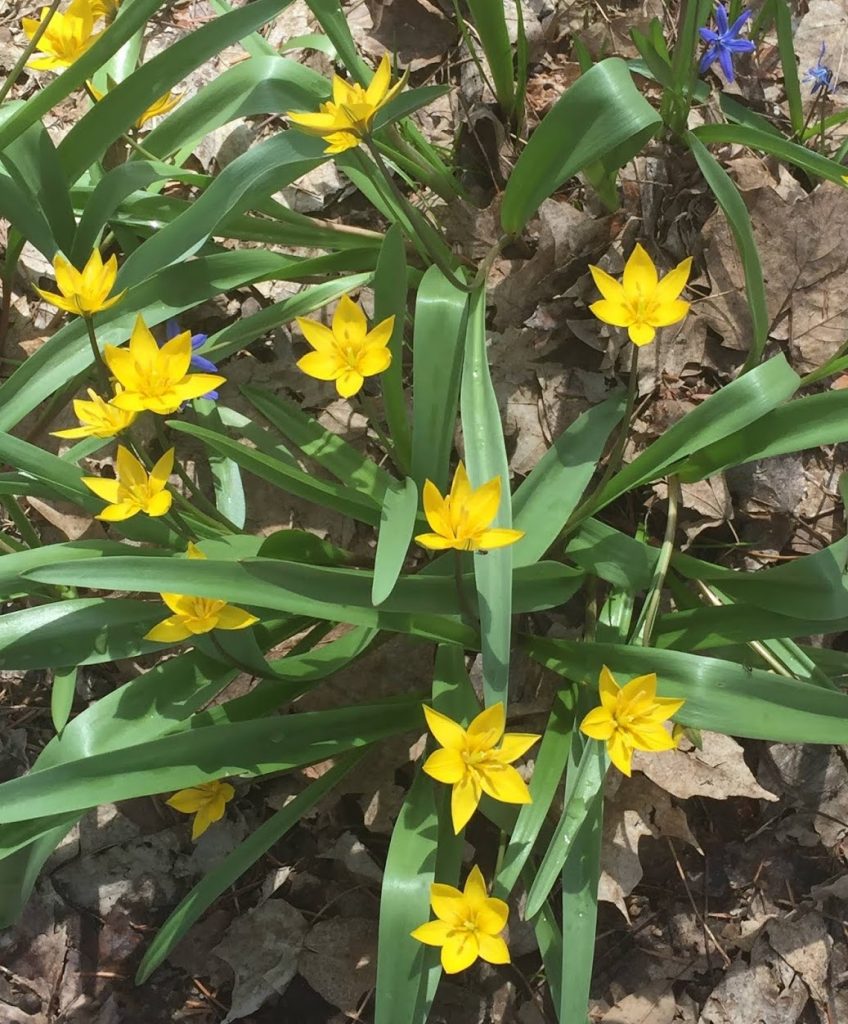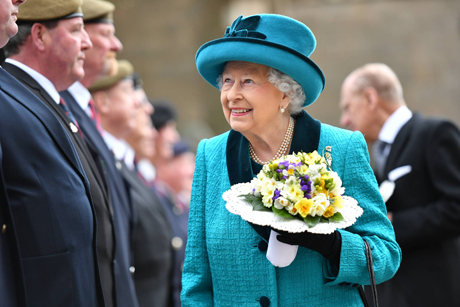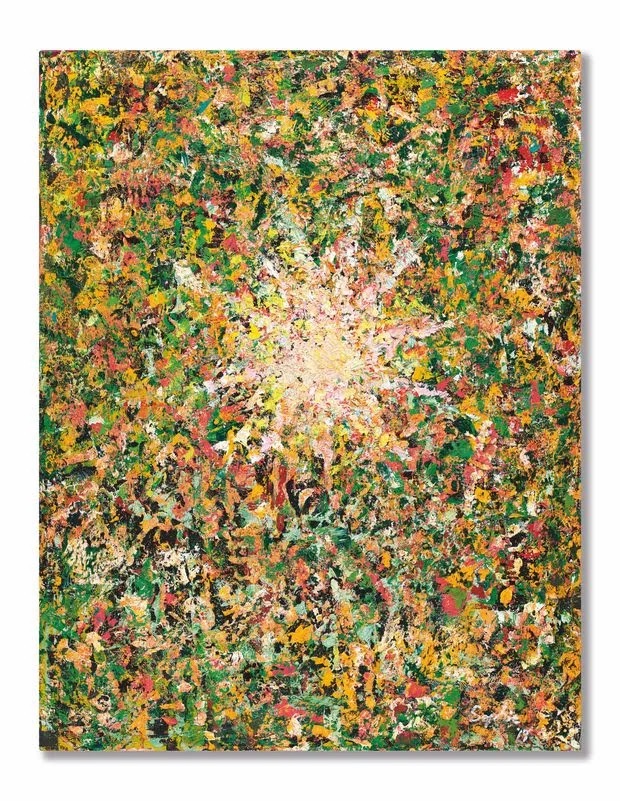Hasn’t this been a heck of a year? In my own far-off suburban corner of Colorado it hasn’t rained properly in many months. That didn’t prevent me from planting six resilient trees, a clutch of stalwart native shrubs and some 200 bulbs that seem to adore being parched. Hope springs eternal, or so it is said, spring being the operative for me.

Hope has been expressed in so many ways, as we bubble with our families or avail of plastic-sheeting “hug tunnels” that allow hospital patients to be wrapped in a healing embrace by their loved ones. I spent most of the past month hovering over my very-much-beloved one as he was hospitalized for a non-Covid infection. He’s out now and improving every day, but during that time of peak anxiety, I witnessed medical staff deal with heart-wrenching situations in a calm and compassionate manner; their masks were invariably blue and benign, leaving their eyes to express what their obscured facial expressions only hinted at. How lucky we are, I thought, as my garden-historian’s mind imagined the dread that 17th-century pandemic victims must’ve felt to see the crow-like masked features of a “plague doctor” glowering over them—not quite enough to scare one well but conveying quite the opposite message.

The most frightening feature of the plague doctor’s garb was the mask’s beak-like nose, stuffed with spices, sweet herbs and flowers intended to prevent the putrid vapors of the plague “miasma” reaching their nostrils–a vain hope. Yet the age-old value of spices, herbs and flowers as protection against disease exists in many cultures, with amulets, garlands and medicine pouches kept close at hand; in the Dark Ages and later, “strewing herbs” were scattered on stone floors to keep vermin in check, and the tussie mussies still carried by English judges and the British monarch on public occasions are reminders that 1. “gaol fever” was a real thing, and 2. the personal hygiene of the masses left much to be desired, but was ameliorated by a discreet sniff of one’s posy.

©Ethne Clarke, 2020.
To order and learn more about War Gardens, visit the publisher’s page.
Sophie Chang’s work as a philanthropist and artist is described here.


